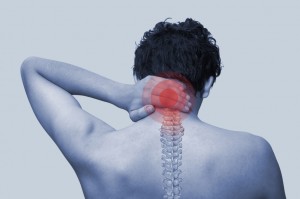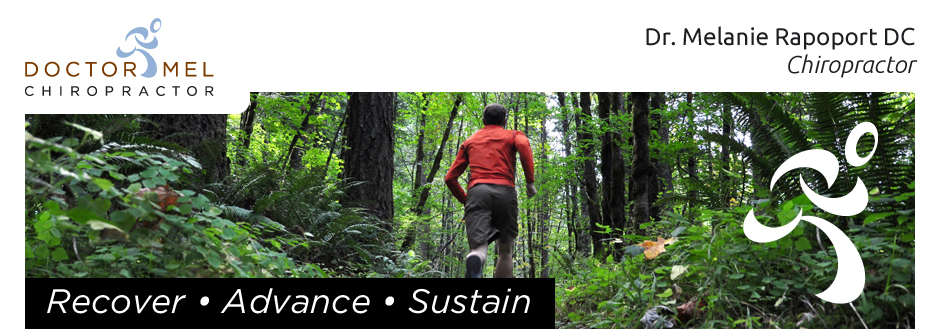
Neck pain is experienced by 50-70% of people at some point in their lives. There are a number of potential causes including poor posture during certain activities, repetitive strain from prolonged sitting, and whiplash. Most of the time, the discomfort is mechanical and is generated from the muscles, joints or ligaments. It is less common for a serious medical condition to be causing one’s neck pain. All potential causes are assessed during the history and physical examination process.
Some common conditions of the head and neck include:
Cervical Osteoarthritis (Degenerative Joint Disease):
This is the most common form of joint disease in the cervical spine and presents mostly after the age of 50.
Possible signs & symptoms:
- Slowly developing achy neck pain over time
- Stiffness and discomfort mostly in the morning
- Discomfort aggravated by repetitive use
- Reduced range of motion.
Bone changes due to degenerative joint disease do not necessarily mean pain should be present. There are many cases where very mild arthritis in a joint resulted in a great deal of pain for that individual. There are also many cases where someone with very extreme arthritis experienced no pain at all. Discomfort or pain is usually the result of the body compensating for the altered motion in the affected joint(s). The soft tissues (muscles, ligaments, tendons, nerves) are also usually effected.
There are many ways to cope with osteoarthritis to drastically reduce the amount of discomfort experienced by an individual (refer to the list at the bottom of this post).
Cervical Facet Joint Pain:
Joint irritation that may cause pain referral into the neck, shoulders and upper back, as well as headaches. Common causes of facet syndrome are whiplash/car accident injuries, sprain/strains, arthritis, repetitive stress or poor posture.
Possible signs & symptoms:
- Dull, achy pain
- Sharp pain with certain movements
- Pain in the shoulder and/or upper back
- Limited range of motion
- Headaches
- Neck muscle spasms
Cervical Sprain/Strain:
Damage to the ligaments, muscles, discs and other tissues surrounding the cervical spine. Potential causes include direct trauma (eg. falls, motor vehicle accidents, and sports injuries), overuse/fatigue and repetitive micro-trauma (from being in the same position or doing the same motion over hours, days, or years), postural imbalances, or a sudden unguarded movement.
Possible signs & symptoms:
- Pain that is either immediate or begins shortly after the injury
- Headaches
- Tight and tender muscles
- Limited range of motion
- Possible swelling and/or bruising
- Guarded movements
- Pain may refer into the shoulders, shoulder blades or arm
Treatment for a cervical sprain/strain depends on the degree of severity and the cause. There may be different therapies used at different stages of the healing process. Some therapies that may be included in the process are manipulation and/or mobilization as tolerated, soft tissue therapy, progressive rehabilitation exercises, postural and ergonomic training, nutritional recommendations and home care instructions. Other therapies may be used in conjunction (massage, acupuncture, etc) to help one achieve the quickest, safest recovery.
Whiplash is a type of cervical sprain/strain most common in motor vehicle accidents. The degree of damage to the tissues is commonly more severe with a longer recovery time.
Headaches:
There are many different causes and factors contributing to a headache, many of which are treatable. Some of these include tension in the muscles of the head and/or neck, joint restrictions, increased stress, allergies, and poor diet.
Several treatment options available to solve many painful neck conditions:
